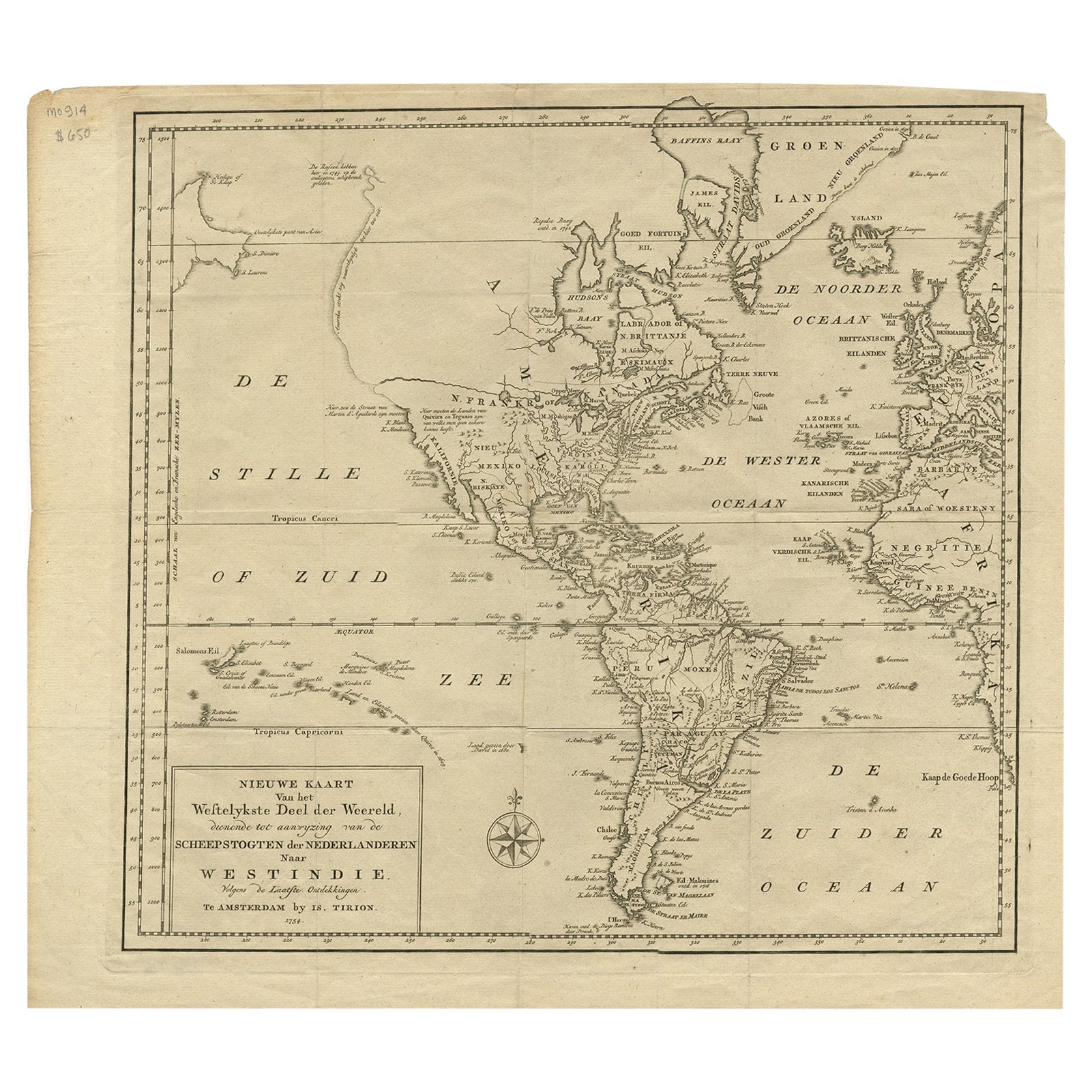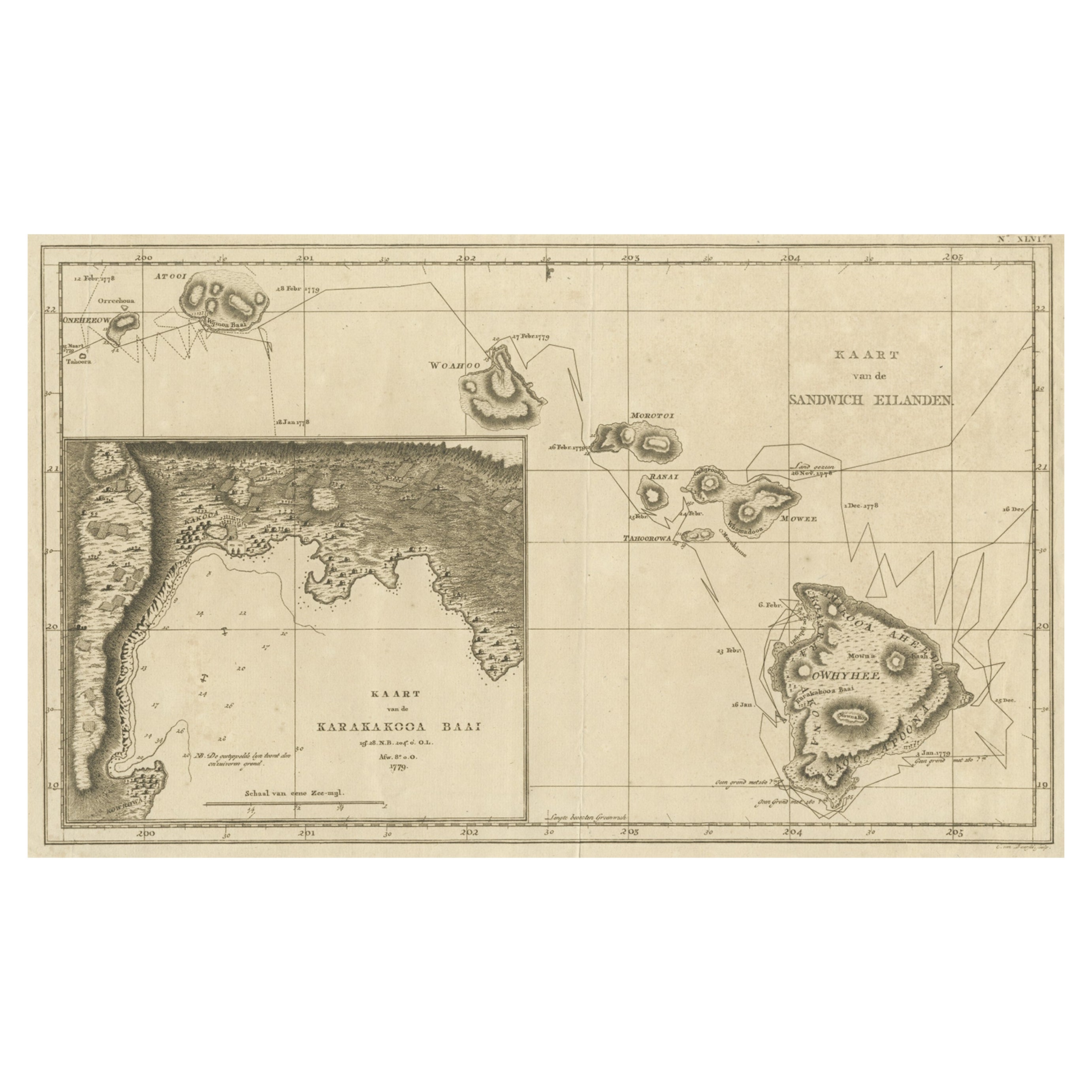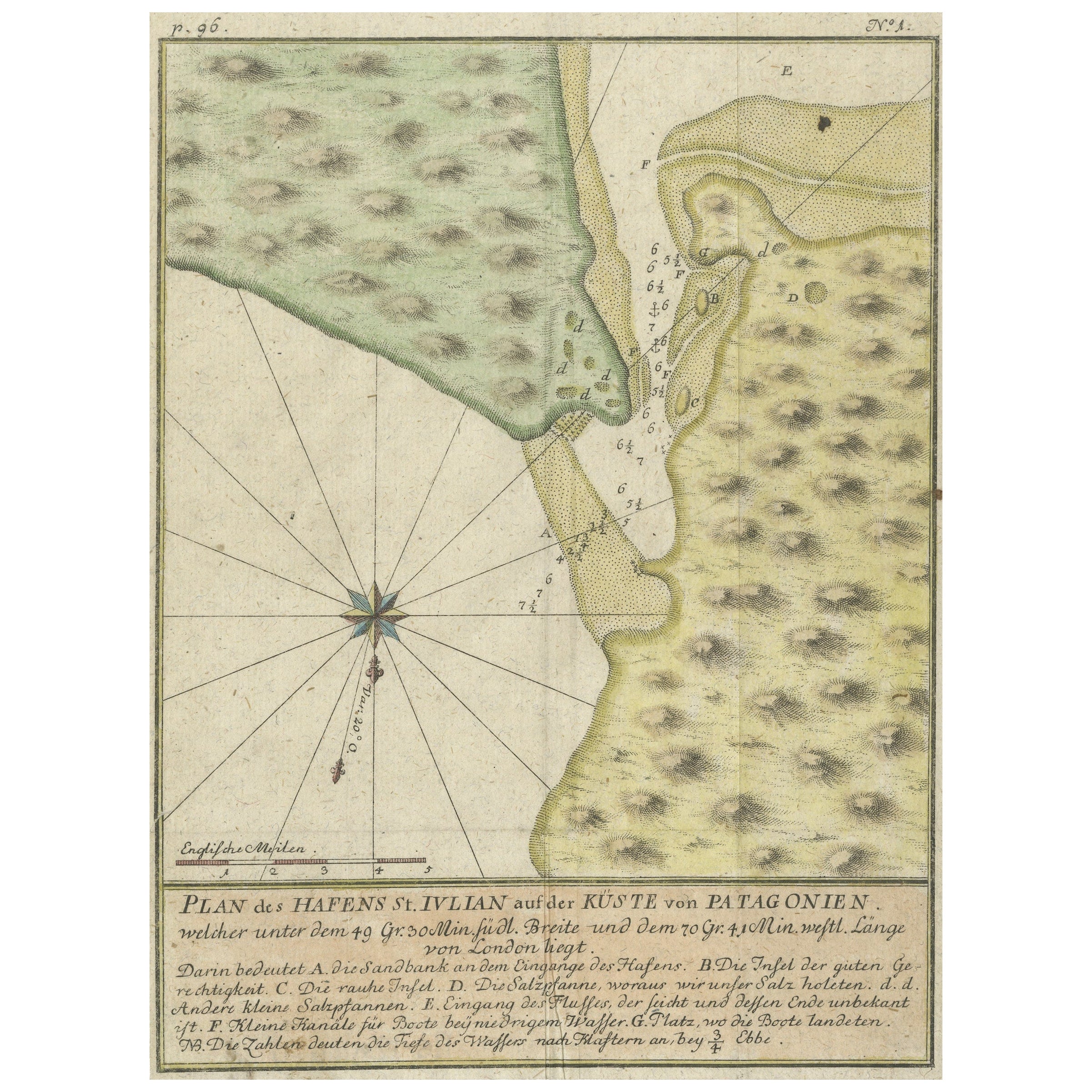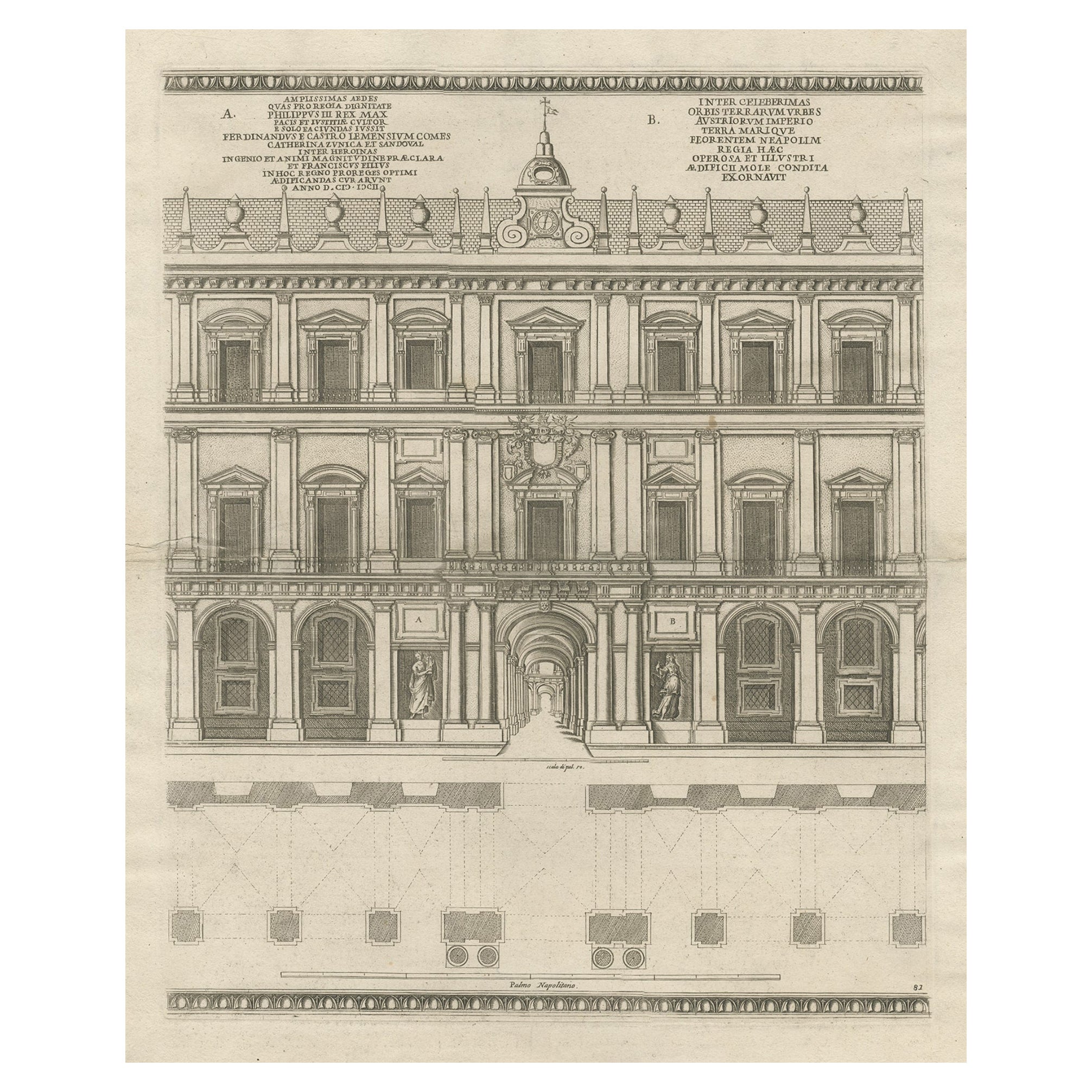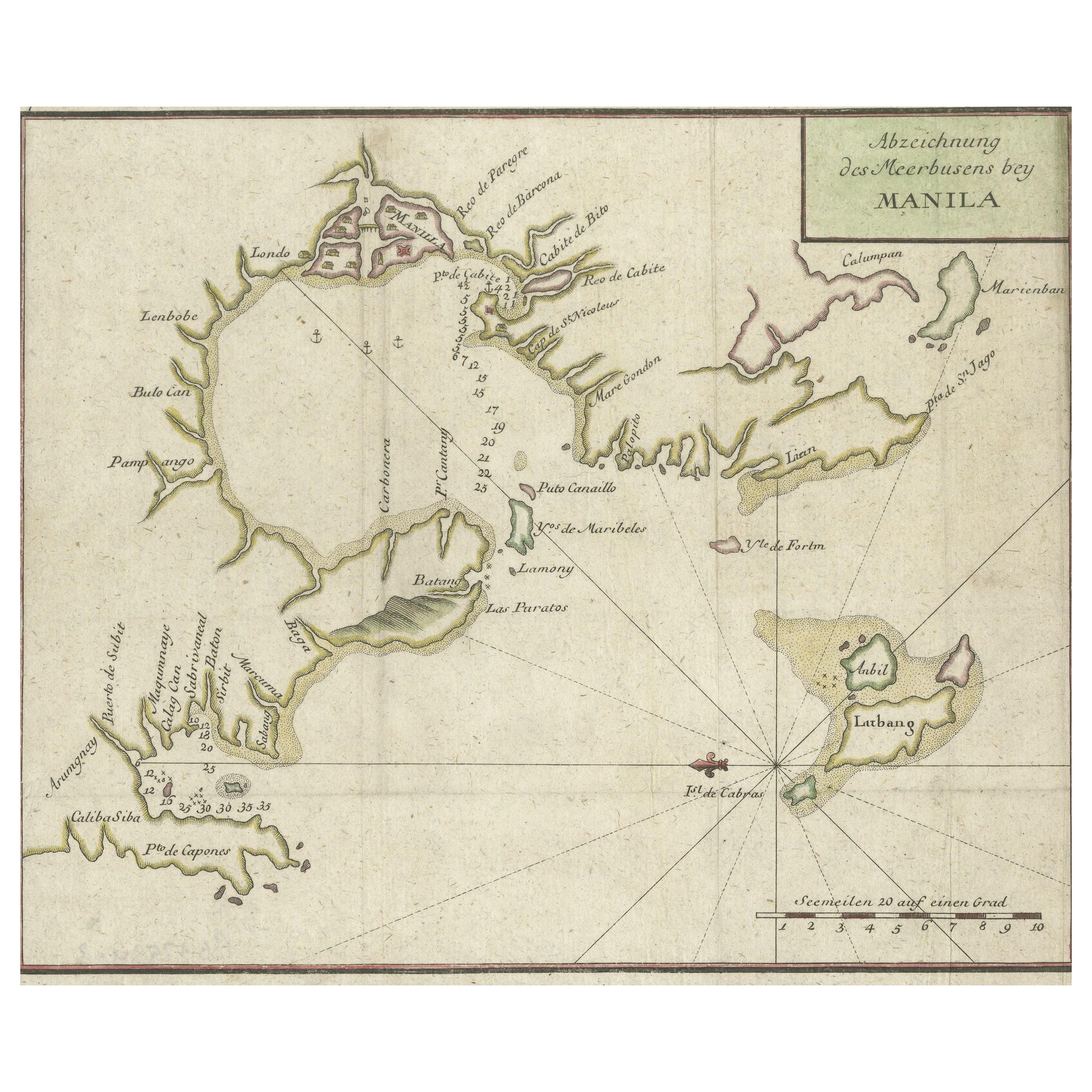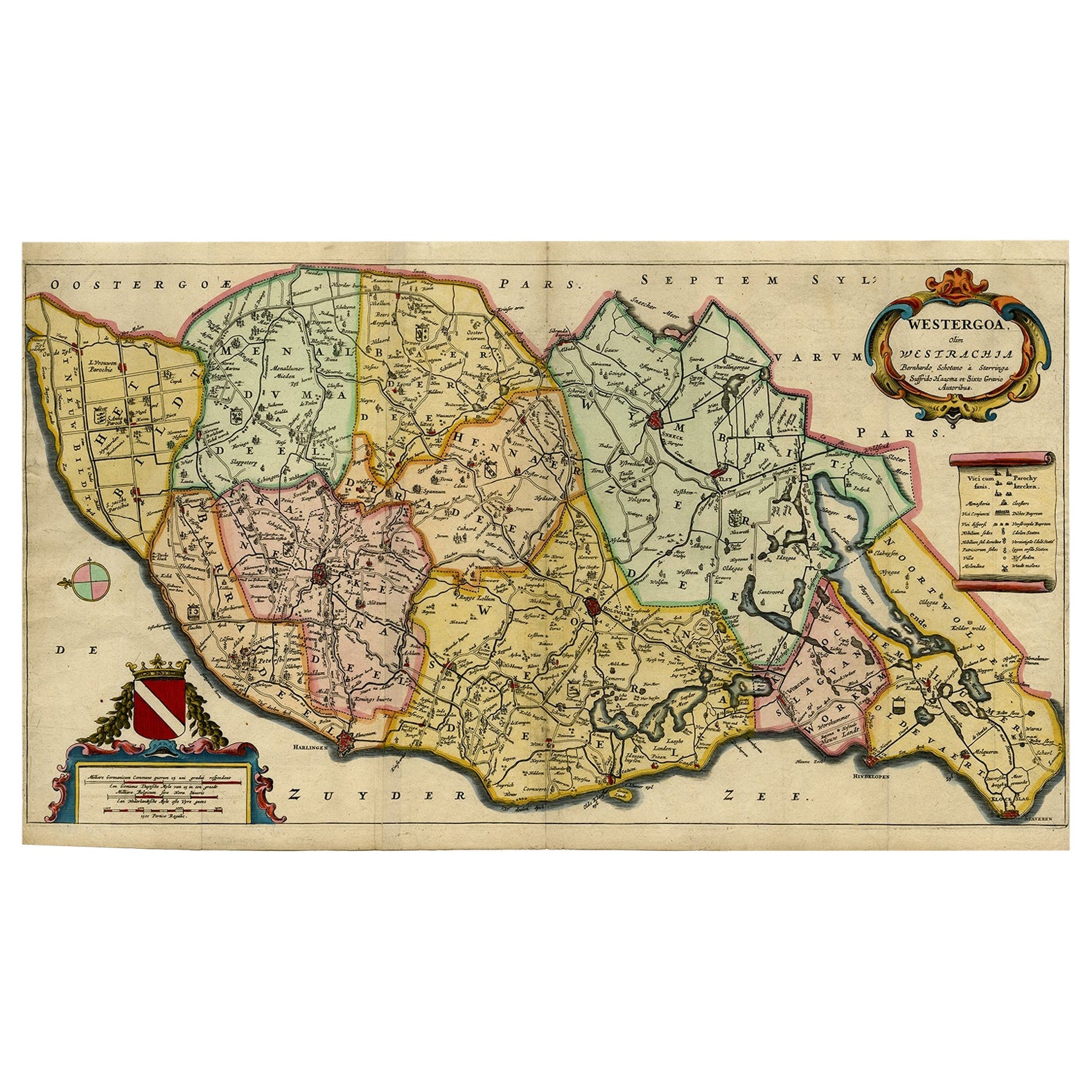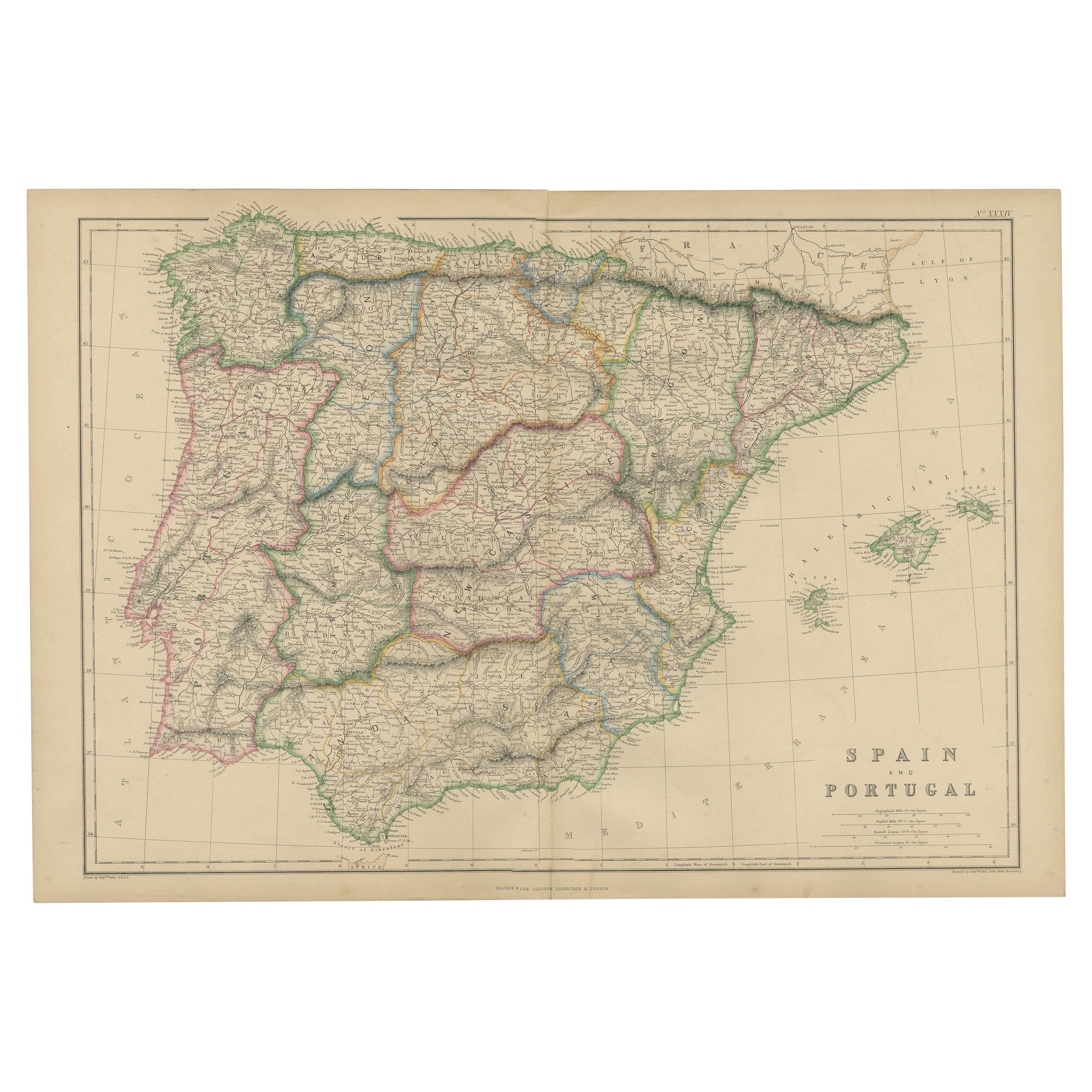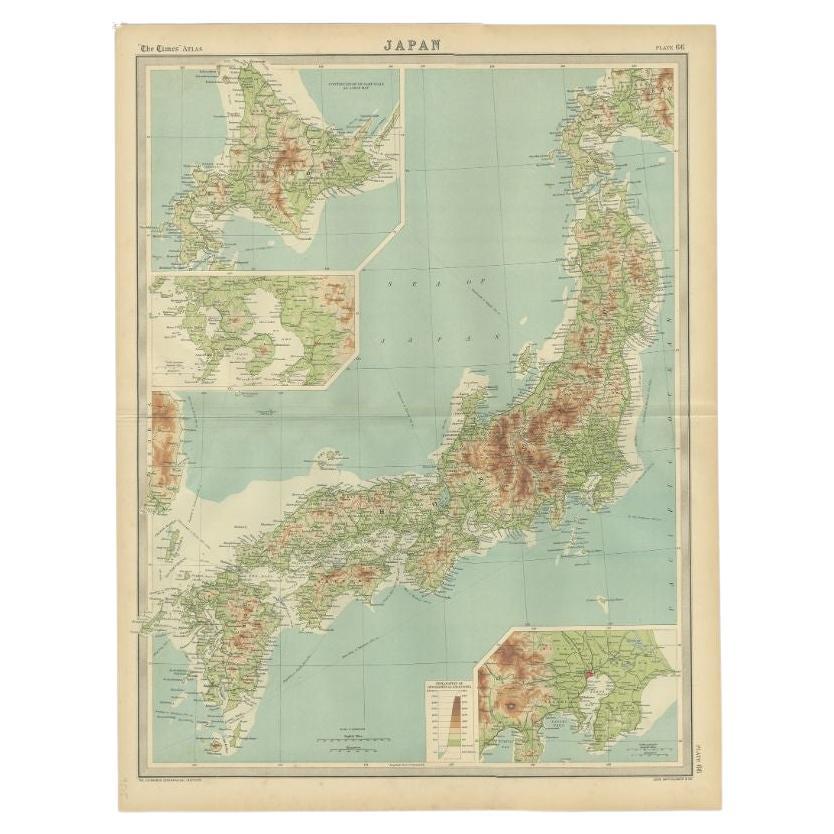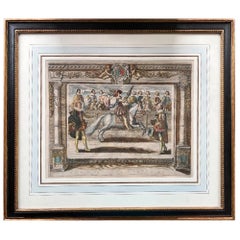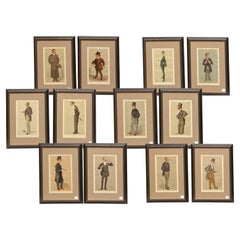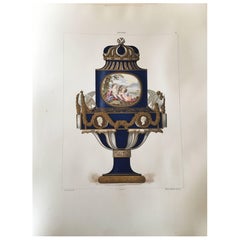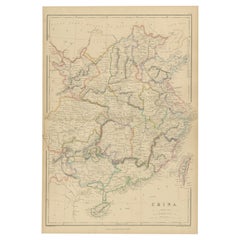
Les Dessins De Georges Seurat, 1859-1891, Complete Folio of 67 Images
View Similar Items
Want more images or videos?
Request additional images or videos from the seller
1 of 11
Auction endedBrowse Current Auctions
Les Dessins De Georges Seurat, 1859-1891, Complete Folio of 67 Images
About the Item
- Dimensions:Height: 15.25 in (38.74 cm)Width: 12 in (30.48 cm)Depth: 1 in (2.54 cm)
- Sold As:Set of 67
- Style:Victorian (Of the Period)
- Materials and Techniques:
- Place of Origin:
- Period:
- Date of Manufacture:1926
- Condition:Wear consistent with age and use. Minor losses. Minor fading.
- Seller Location:Morristown, NJ
- Reference Number:1stDibs: LU5990228522482
About the Seller
4.9
Platinum Seller
These expertly vetted sellers are 1stDibs' most experienced sellers and are rated highest by our customers.
Established in 2020
1stDibs seller since 2021
120 sales on 1stDibs
More From This SellerView All
- Baron Rais d'Eisenberg, Hand-Colored Equestrian Engraving c. 1747, "Le Brillant"By EisenbergLocated in Morristown, NJ18th century German, a hand-colored engraving of a dressage horse and rider from Description du Manège Moderne by Friedrich Wilhelm, Baron Rais d' Eisenberg (German, ca. 1700-ca. 1770). Engraved by Bernard Picart (French, 1673-1733). Titled "Le Brillant", this dressage engraving is plate XXXIII. There is a gallery label verso. The print is matted and framed under UF-3 plexiglass, which offers the maximum amount of UV protection (approx. 97%). This print was originally part of an illustrated book Baron d'Eisenberg made describing the art of the cavaliers and depicting the different breeds of horses- The full title of the book is L'Art de Monter a Cheval: ou Description du Manége Moderne, Dans sa Perfection, published in Leipzig: Arkstée et Merkus, 1747). A set of 7 framed engravings from the same book sold at Sotheby's for $9,500 (plus tax and buyers premium). Reference: The author, a German horseman and artist, spent some of his youth at the manège of Saxe-Weimar before entering into the service of the Emperor. He then spent six years in Naples as the Master of Horse of the Viceroy before returning to Vienna where he studied under M. de Regenthal, the imperial Master of Horse. He participated in the coronation of the Emperor Charles V at Frankfurt in 1711, then spent some time in England, but was back in Germany before 1753. He probably died in Tuscany where he was Director and Master of the Horse at the Academy in Pisa. Brunet II, 957; Mennessier de la Lance I, p. 438. The Baron wrote several important and lavishly illustrated books on horses: his Description du manège moderne dans sa perfection, London 1727, and Dictionnaire des termes du manège moderne, 1747, being the best well-known. He dedicated Description du Manège Moderne to King George II and to his son, His Royal Highness the Prince of Wales. Subscribers to the book included royalty and nobility from all over Europe. The engraver was Bernard Picart, born in Paris in 1673. He gained honors at the Academy of Paris at the age of sixteen. He was a master designer and engraver and worked in Paris and Amsterdam until his death in 1733. Dimensions: 9"h x 12"w (sight), 16.5"h x 19.25"w (frame) Condition: Good, some rippling to sheet, not examined out of frame. Provenance: Lombard Antiquarian Maps & Prints, Cape Elizabeth...Category
Antique 1740s German Rococo Drawings
MaterialsPlexiglass, Wood, Paint, Paper
- C. 1625 After Antoine de Pluvinel, "Henry IV, Mounted", Hand Colored EngravingLocated in Morristown, NJEarly 17th century, French hand colored equestrian engraving. After Antoine de Pluvinel (French, 1552-1620), "Henry IV, Mounted", figure 42 from "L'Instruction du Roy en l'Exercice de Monter a Cheval", c. 1625, matted and framed under UF-3 plexiglass (blocks approx. 97% of UV) , gallery label verso. Figures from this publication have sold at Christie's. Those were not hand colored. A highly detailed engraving with the French King Henry 1V the central figure. Mounted on horseback, Le Roy (the King) is watched by no less than 10 courtiers some of whom are mounted on horseback, all of which are named in the engraving. Antoine de Pluvinel (1552, Crest, Dauphine - 24 August 1620) was the first of the French riding masters, and has had great influence on modern dressage. He wrote L’Instruction du Roy en L'exercice de Monter à Cheval ("instruction of the King in the art of riding"), was tutor to King Louis XIII, and is credited with the invention of using two pillars, as well as using shoulder-in to increase suppleness. In 1594, Pluvinel founded the "Academie d'Equitation" near what is now Place des Pyramides. There, the French nobility was trained not only in horsemanship, but also in all the accomplishments (dancing, fashionable dressing, etc.) It can be said that Pluvinel's influence on the aristocracy lasted from the late 16th century to the 17th century. Richelieu, the future Prime Minister of King Louis XIII attended the Academie; so did William, Duke of Cavendish. Pluvinel's book was published posthumously by the Flemish engraver Crispijn van de Passe II and the royal valet de chambre...Category
Antique Early 17th Century French Baroque Prints
MaterialsPlexiglass, Boxwood, Paint, Paper
- 19th C., Vanity Fair Framed Chromolithographs of Gentlemen Ex. Christie's, 12By Sir Leslie WardLocated in Morristown, NJ[English Gentlemen], from Vanity Fair twelve chromolithographs, on wove papers. Printed by Vincent Brooks Day & Son., with various dates from 1875 to 1897. Eight are by Spy, two are by Ape, one by "T" and one by Lib. Professionally framed with black and gilt frames and beige silk mats, with margins, apparently in excellent condition, not examined out of the frames. Titles comprise: "Accrington", June 11, 1892, "Newcastle Upon Tyne" July 18, 1893, "A New Peer", October 5, 1878, "South Bucks", June 4, 1896, "South Kensington", September 2, 1897, "Lord Salisbury's Manners", July 13, 1893, "The Blister", August 4, 1888, "A Postmaster General", April 30, 1892, "Sir James Miller", September 6, 1890, "Sol", October 28, 1897, "A Young Man" September 11, 1875, and "A Naturalist", September 9, 1882. Vanity Fair was a weekly magazine published in London, founded & edited by Thomas Gibson Bowles. His aim was to expose to contemporary vanities of Victorian society. From 1868 to 1914, full page colour lithographs appeared in most weekly issues, frequently lampooning or lauding their subjects which included artists, athletes, royalty, politicians, scientists, authors, actors, sportsmen, lawyers, diplomats, soldiers, clergy, scholars and other celebrities of the day - mostly British, but also many other internationally significant personalities. Over 2,300 of these colour cartoons were printed, and they are considered the chief cultural legacy of the magazine, forming a pictorial record of many of the most significant public figures of the period. They are renowned throughout the world and highly collectible and recognisable. Famous artists contributed to Vanity Fair, typically under pen names. The best remembered today is Leslie Ward (1851-1922), who signed his works as "Spy", and whose caricatures account for well over half of those featured in Vanity Fair. So famous have these fabulous prints become, Vanity Fair caricatures today often are referred to simply as "Spy Cartoons...Category
Antique Late 19th Century English Late Victorian Prints
MaterialsGlass, Wood, Paper
- 19th C. American - A Framed Set of 13 Hand Colored Alphabet Woodcut Prints N-ZLocated in Morristown, NJA framed set of 13 pages from "The Lu Lu Alphabet", a chapbook from 1851 published by Samuel Ragnot, NYC. This set comprises the letters N through Z, each with a short rhyming descri...Category
Antique 1850s American Victorian Prints
MaterialsGlass, Wood, Paper
- 19th C. American - A Framed Set of 13 Hand Colored Alphabet Woodcut Prints A-MLocated in Morristown, NJA framed set of 13 pages from "The Lu Lu Alphabet", a chapbook from 1851 published by Samuel Ragnot, NYC. This set comprises the first letters A through M, each with a short rhyming ...Category
Antique 1850s American Victorian Prints
MaterialsGlass, Wood, Paper
- Prideaux John Selby, England, Set of 4 Hand Colored Restrike Prints of WaterfowlBy John SelbyLocated in Morristown, NJSelby's Illustrations of British Ornithology (London: 1841-1846). Likely a later restrike printing (20th c.,) hand-colored prints, embossed with plate marks, includes: "Eider Duck, M...Category
Early 20th Century English George IV Prints
MaterialsGlass, Wood, Paint, Paper
You May Also Like
- 36 Hand Colored and Gilded Plates, 1891-Folio Sevres Porcelaine VasesBy Manufacture Nationale de SèvresLocated in San Francisco, CAA Folio of Maison Quantin, Paris, 1891 first edition text and plates. Chromomo- lithographed plates by Gillot, colored and decorated in raised gold by hand. The sevres porcelain fa...Category
Antique Late 19th Century French Late Victorian Books
MaterialsPaper
$563 Sale Price24% Off - Antique Map of Siberia, Russia, 1859Located in Langweer, NLAntique map titled 'Siberia or Northern Asia'. Original antique map of Siberia or Northern Asia. This map originates from ‘The Imperial Atlas of Modern Geography’. Published by W. G....Category
Antique Mid-19th Century Maps
MaterialsPaper
$217 Sale Price20% Off - Antique Map of China by W. G. Blackie, 1859Located in Langweer, NLAntique map titled 'China'. Original antique map of China. This map originates from ‘The Imperial Atlas of Modern Geography’. Published by W. G. Blackie, 1859.Category
Antique Mid-19th Century Maps
MaterialsPaper
- Antique Map of Japan by W. G. Blackie, 1859Located in Langweer, NLAntique map titled 'Japan'. Original antique map of Japan. This map originates from ‘The Imperial Atlas of Modern Geography’. Published by W. G. B...Category
Antique Mid-19th Century Maps
MaterialsPaper
$163 Sale Price25% Off - Antique Map of Sumatra by W. G. Blackie, 1859Located in Langweer, NLAntique map titled 'Sumatra'. Original antique map of Sumatra with inset map of Java. This map originates from ‘The Imperial Atlas of Modern Geography’. Published by W. G. Blackie, 1...Category
Antique Mid-19th Century Maps
MaterialsPaper
- Antique Map of Mexico by W. G. Blackie, 1859Located in Langweer, NLAntique map titled 'Mexico'. Original antique map of Mexico. This map originates from ‘The Imperial Atlas of Modern Geography’. Published by W. G. Blackie, 1859.Category
Antique Mid-19th Century Maps
MaterialsPaper
